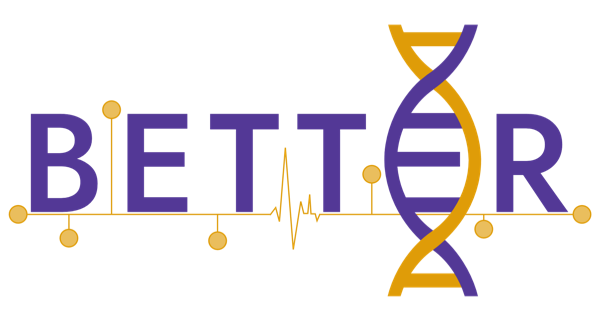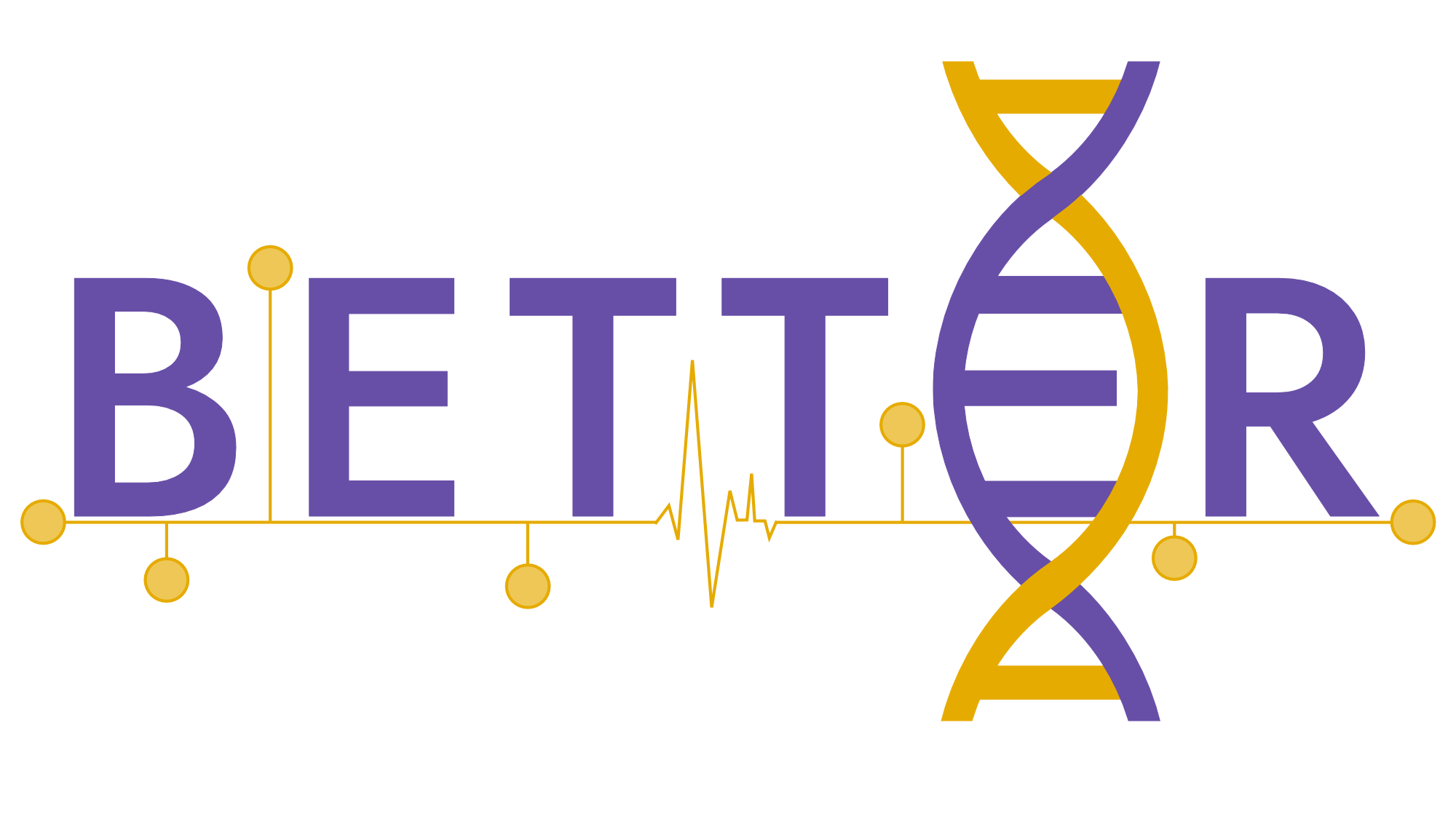Objectives
In recent years, data-driven medicine has gained increasing importance in terms of diagnosis, treatment, and research due to the exponential growth of healthcare data. The linkage of cross-border health data from various sources, including genomics, and analysis via innovative approaches based on artificial intelligence (AI) will enable a better understanding of risk factors, causes, and the development of optimal treatment in different disease areas. Nevertheless, the reuse of patient data is often limited to datasets available at a single medical centre. The main reasons why health data is not shared across institutional borders rely on ethical, legal, and privacy aspects and rules.
Therefore, in order to (1) enable health data sharing across national borders, (2) fully comply with present GDPR privacy guidelines / regulations and (3) innovate by pushing research beyond the state of the art, BETTER proposes a robust decentralised privacy-preserving infrastructure which will empower researchers, innovators and healthcare professionals to exploit the full potential of larger sets of multi-source health data via tailored made AI tools useful to compare, integrate, and analyse in a secure, cost-effective fashion; with the very final aim of supporting the improvement of citizen’s health outcomes.
In detail, this interdisciplinary project proposes the co-creation of 3 clinical use cases involving 7 medical centres located in the EU and beyond, where sensitive patient data, including genomics, are made available and analysed in a GDPR-compliant mechanism via a Distributed Analytics (DA) paradigm called the Personal Health Train (PHT). The main principle of the PHT is that the analytical task is brought to the data provider (medical centre) and the data instances remain in their original location.
In this project, two mature implementations of the PHT (PADME and Vantage6) already validated in real-world scenarios will be fused together to build the BETTER platform.



The project has received funding from the European Union's Horizon Europe research and innovation programme under grant agreement No 101136262. The communication reflects only the author's view and the Commission is not responsible for any use that may be made of the information it contains.
Privacy Policy
Privacy Policy
